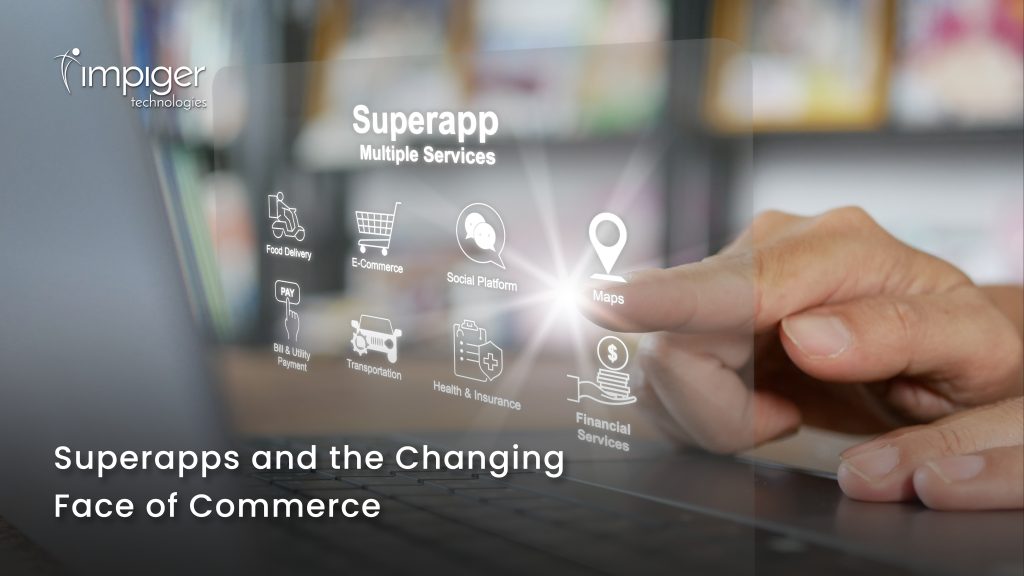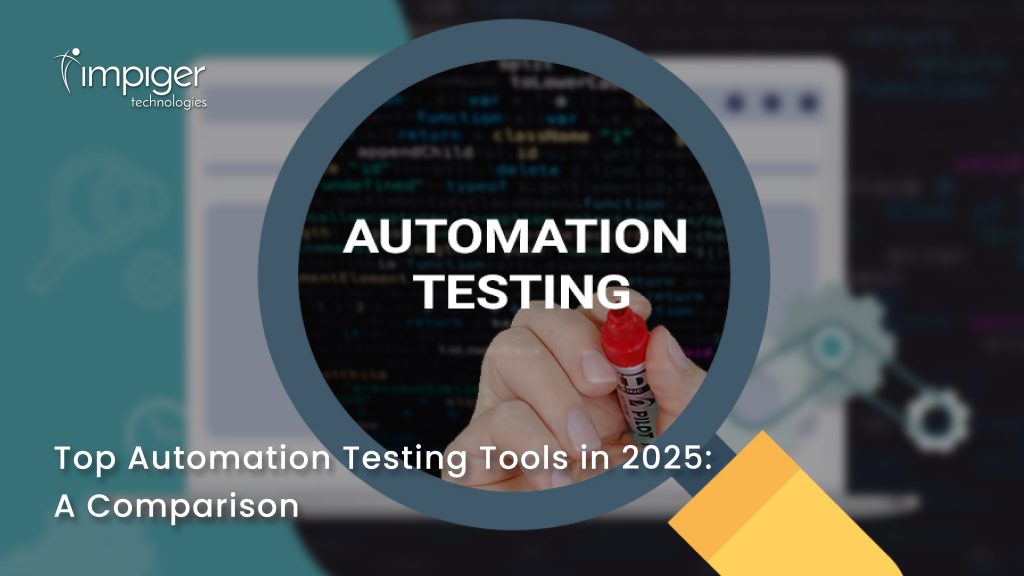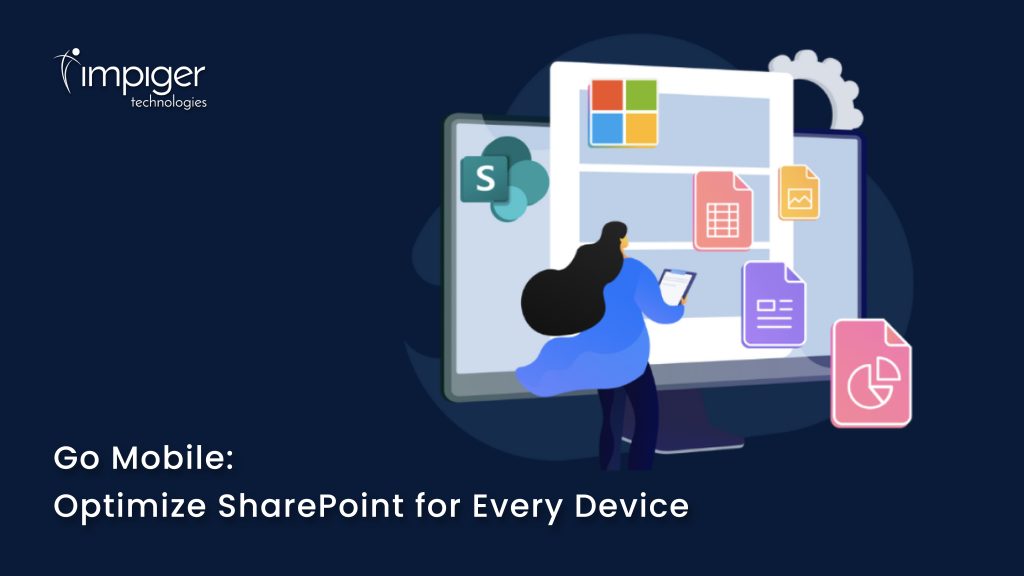Introduction
In today’s global supply chain landscape, managing supplier relationships has become more critical than ever. With increasing regulatory demands and the need for transparent operations, ensuring compliance and managing risks in supplier interactions is essential for business continuity. Supplier portals play a transformative role by enabling organizations to streamline compliance processes, monitor risks, and foster transparent supplier relationships. This blog explores how a supplier portal can enhance compliance and risk management, creating a secure and efficient supply chain.
1. The Need for Compliance and Risk Management in Supplier Relationships
Suppliers are vital to any organization’s operations, but they can also introduce risks—from regulatory compliance issues to quality control challenges. As companies expand their networks, it becomes challenging to ensure that each supplier meets the necessary standards. Without the right tools, businesses may face operational disruptions, financial penalties, or damage to their reputation. A supplier portal provides a centralized platform to monitor compliance, establish transparency, and mitigate potential risks before they impact business.
2. How Supplier Portals Drive Compliance
Supplier portals simplify and reinforce compliance by enabling companies to establish standardized guidelines, streamline document management, and enforce consistent supplier practices. Here’s how:
- Automated Documentation and Certifications: Supplier portals allow suppliers to upload essential compliance documents, such as certifications, contracts, and insurance details. Automated alerts and notifications remind suppliers when renewals are due, ensuring that documentation remains up to date.
- Real-Time Compliance Tracking: By centralizing compliance metrics and performance data, supplier portals enable real-time tracking of compliance with company policies, industry standards, and regulatory requirements. Managers can easily audit suppliers’ adherence to standards, minimizing potential violations.
- Enforcing Policies and Standards: Supplier portals allow companies to distribute guidelines, training resources, and policies directly to suppliers. With a single, accessible platform, businesses ensure all suppliers follow the same standards, from quality control to ethical labor practices.
3. Managing Supplier Risk with Supplier Portals
Supplier portals empower organizations to identify, assess, and mitigate risks associated with suppliers. Key functionalities include:
- Supplier Risk Scoring: Supplier portals can aggregate data on suppliers’ past performance, compliance history, financial stability, and other risk indicators. Using this information, organizations can assign risk scores to each supplier, providing a quick overview of potential vulnerabilities.
- Continuous Performance Monitoring: Supplier portals provide performance dashboards that track key metrics, such as delivery times, quality assurance, and adherence to contract terms. Monitoring these metrics in real time helps detect issues early and address them before they escalate.
- Incident Reporting and Resolution: Supplier portals enable suppliers to report incidents or disruptions in real time, allowing businesses to address issues quickly. Centralized incident tracking improves accountability and provides a comprehensive record for future audits or evaluations.
- Mitigating Cybersecurity Risks: With the rise of cyber threats, it’s essential to ensure that suppliers also uphold data security standards. Supplier portals can facilitate regular security audits and assessments, ensuring suppliers adhere to cybersecurity best practices, which protects both the business and its supply chain from data breaches.
4. Benefits of Implementing a Supplier Portal for Compliance and Risk Management
In addition to risk and compliance management, supplier portals provide organizations with several strategic advantages:
- Enhanced Transparency and Communication: Supplier portals centralize communication, making it easy for businesses and suppliers to collaborate and resolve issues. This transparency fosters trust and long-term partnerships.
- Reduced Operational Costs: By streamlining compliance checks and minimizing manual oversight, supplier portals reduce the resources and costs associated with compliance management.
- Proactive Risk Management: With automated alerts and real-time risk assessments, supplier portals enable proactive management, reducing the likelihood of disruptions or costly compliance failures.
- Improved Decision-Making: Supplier portals generate valuable insights through data analytics and reporting, helping businesses make informed decisions about supplier relationships and risk mitigation strategies.
5. Choosing the Right Supplier Portal for Compliance and Risk Management
When selecting a supplier portal solution, organizations should consider features that specifically address compliance and risk management needs:
- Customizable Compliance Checks: Look for portals that offer customizable compliance workflows, enabling you to adapt the portal to specific regulatory requirements.
- Advanced Analytics and Reporting: Ensure the portal provides robust reporting tools for real-time data analysis, enabling quick identification of compliance issues or risks.
- Integration Capabilities: The portal should integrate seamlessly with other systems, such as ERP, CRM, and quality management software, to ensure data consistency across platforms.
- User-Friendly Interface: A simple and accessible interface ensures that suppliers can easily navigate the portal, upload documentation, and track compliance requirements.
Conclusion
In today’s fast-paced, compliance-driven business environment, managing supplier compliance and mitigating risk is no longer optional—it’s essential. Supplier portals provide a structured approach to ensure suppliers meet compliance standards, minimize risks, and foster productive, transparent relationships. By implementing a supplier portal, organizations can streamline operations, protect their brand reputation, and build a resilient, compliant supply chain that’s ready for whatever challenges the future may bring.











